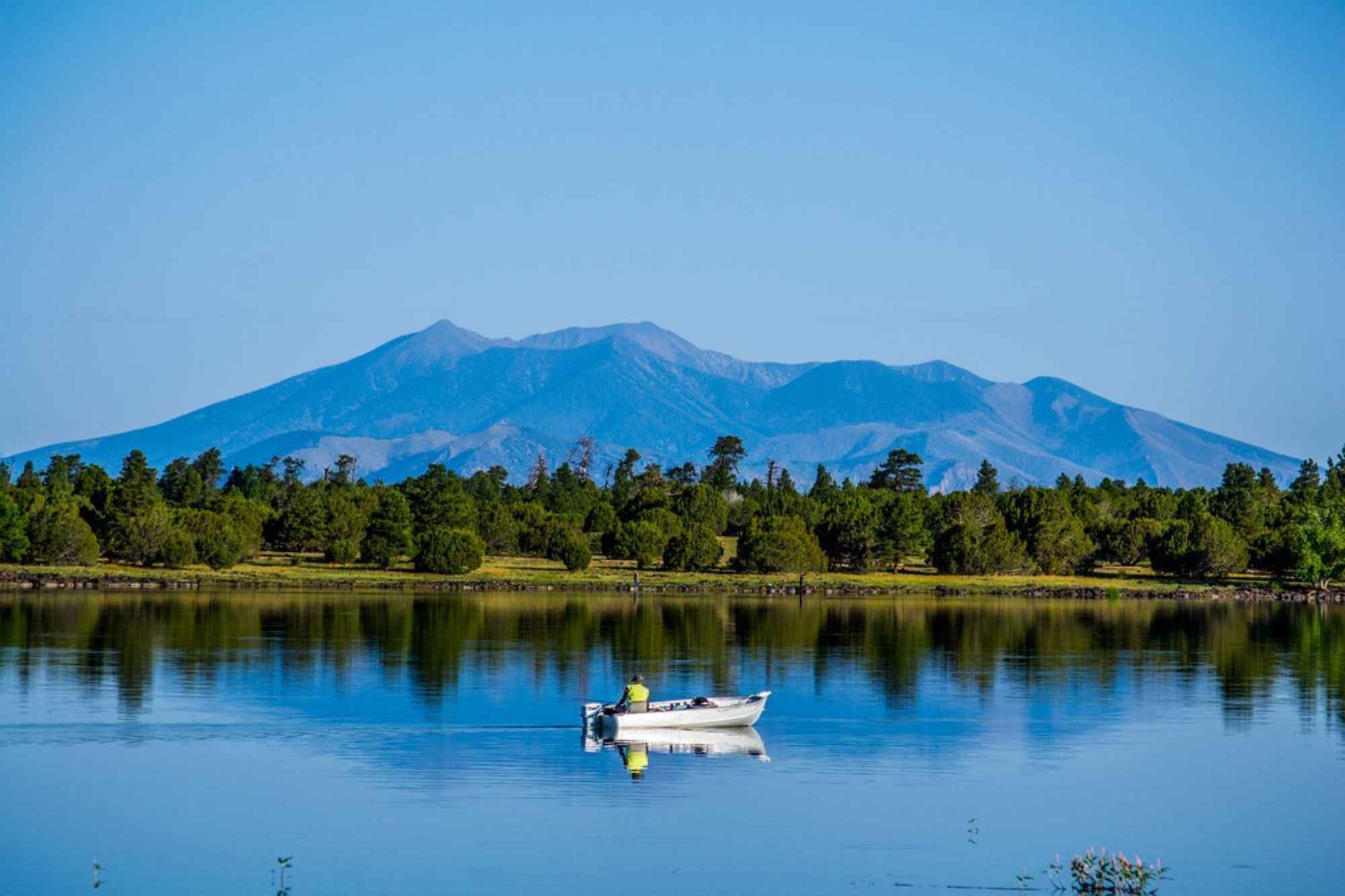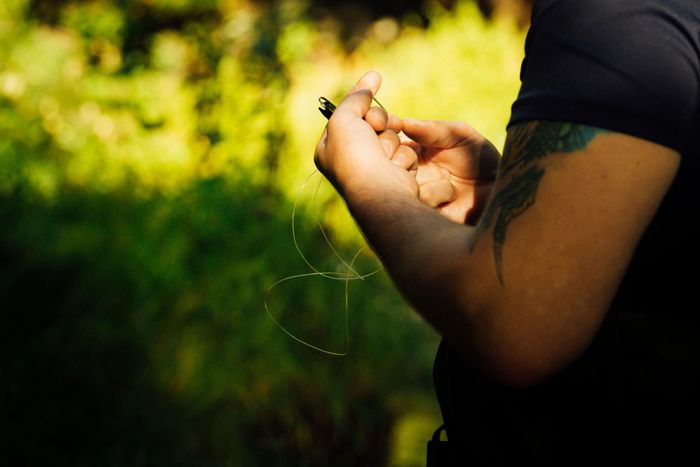Finesse Fishing: Mastering Finesse Bass Fishing Techniques
Know everything about bass and master the art of finesse fishing. Find out how and why finesse fishing works when catching bass.

What is bass finesse fishing and what makes it different from any other fishing methods or techniques?
A lot of you might get the notion that finesse fishing simply means having a lighter tackle, spinning reels, and smaller lures as you fish in deeper waters. But, finesse fishing goes beyond the gear and presentation. This applies especially when it comes to fishing bass.

What is Finesse Fishing?
Coming from the word itself, finesse means to do something in a subtle, delicate manner. It also means to have the skill, the expertise, or the flair to execute something. Thus, finesse fishing requires more than having the right gear at the right fishing spot. It requires anglers to pay closer attention to different factors that may affect their fishing success. Such factors include weather, cloud cover, water clarity, lure colors, barometric pressure, and a whole bunch of other factors that some anglers tend to overlook.
When it comes to bass finesse fishing, it could be considered an art. This is because you have to study the movements of bass based on the weather, season, tide, and the like. And from there, you have to learn what gear to use and when to use them.
When to Use Finesse Fishing
You might be wondering when’s the best time to use finesse fishing for bass.
Bass are most active during periods of low barometric pressure paired with warm temperatures. During these times, bass is actively swimming around, hunting for food, and landing on your baits. However, when the barometric temperature turns high, these species lower their metabolism and become lethargic. And, if you like to land on a good catch of bass during these periods, finesse fishing is the way to do it.
Bass finesse fishing works best when this species is not biting and passive. Usually, when a cold front passes through, a sudden change in temperature occurs. This is because when the water temperature becomes cold, the barometric pressure turns high due to the fact that cold air is denser than warm air. In addition, bass also becomes lethargic during extended periods of cold air as this also causes a decrease in water temperatures.

With that being said, bass finesse fishing is done every time there is a sudden change in temperature as a result of a cold front. This usually happens during warm and rainy days.
Where to Finesse Fish?
Fish- do not settle in just one place, no matter what species they are. They will always keep on moving, especially when there are changes in the waters where they dwell. Changes like dying grass increased fishing pressure, and dropping water conditions could cause bass to relocate to wherever their source of food moves or where they feel protected from predators. Likewise, changes in weather and in eating schedules also affect this species’ movement. Thus, anglers should know how to react to these changes and adjust their gears and techniques if they want to land on a good catch any time of the year. Likewise, anglers should also know the type of area they are going to. Fishing in shallows up to eight feet of water, it is best that you use a light line. Meanwhile, if the area is quite stumpy, using a heavier line would be more suitable.
For beginner anglers, it is important to note that bass finesse fishing is best used in deeper waters with a depth of 10-20 feet. This is because the barometric pressure is not too strong compared to shallow waters. And when the barometric pressure is too strong, bass retreat to deeper areas where the conditions are more stable. Dips, peaks, and drop-offs are some of the common places they hang out around.

How to Choose the Right Gear
Choosing the right gear is part of how to finesse fish a bass correctly. A big misconception for beginner anglers is that it only involves small rods with ⅛ oz of zig thrown into the water while waiting till a bass bites. However, the truth is, there are a lot of options that you can choose from, depending on the area you are going to fish.
Finesse Rod
Finesse fishing would require an angler to exert a lot of work. Thus, going with a light action 6.9-foot spinning rod would be one of your best choices.
Finesse Reel
In choosing your finesse reel, one important thing you need to take note of is your gear ratio. This is the number of times you need to crank the handle to turn the spool. This is important because you will need a high gear ratio spinning reel when you are finesse fishing for bass.
Using lightweight lures creates a lot of slacklines. So, you will need to retrieve your lures quickly to feel the small nibbles. In addition, keeping the line tight is important to the presentation of the lure when you are bass finesse fishing.
Finesse Line
The best way to catch bass using this technique is to make them skeptical. That is why you need to present your lure the most natural way possible. This is what you have to keep in mind when setting up your gear.
One of the most recommended lines to use is the fluorocarbon line as it has the same light refraction properties as water. In other words, this line is nearly invisible in water.
To sum it all up, the best bass finesse fishing tackle set includes:
- 6-6.9 foot light action spinning rod;
- A high gear ratio spinning wheel; and
- A 6-8 pound clear fluorocarbon line.
Top Riggs for Finesse Fishing
Now that your gear is good to go, let us talk about the top three Riggs or lures when finesse fishing for bass.
1.Soft Plastic Worm
In finesse fishing, soft plastic would always be the number one choice. However, an angler must know where and how the fishing area will look like. If an angler opts to fish in 10-15 feet deep water, getting a ¼ ounce of Senko worm and rigging it vertically in open water would work best.
As for the color of your bait, you have to match it with the area you chose to fish, If the water is clear, go for pumpkin or brown. However, if the water is murky, go with red or maroon-colored worms.
Just remember not to use colors that are too fancy as they might intimidate the bass and you would not want that.
2.Jigs
When the use of worms fails, jigs might just do the trick. Get a 1⁄8 ounce jig head, hook up a small grub, and vertical jig around duck pilings. Wait for a couple of minutes and land on a bass.
When using these jigs, make sure that you go with natural colors no matter what the conditions are. Using natural colors would make them skeptical while avoiding them feeling intimidated.



